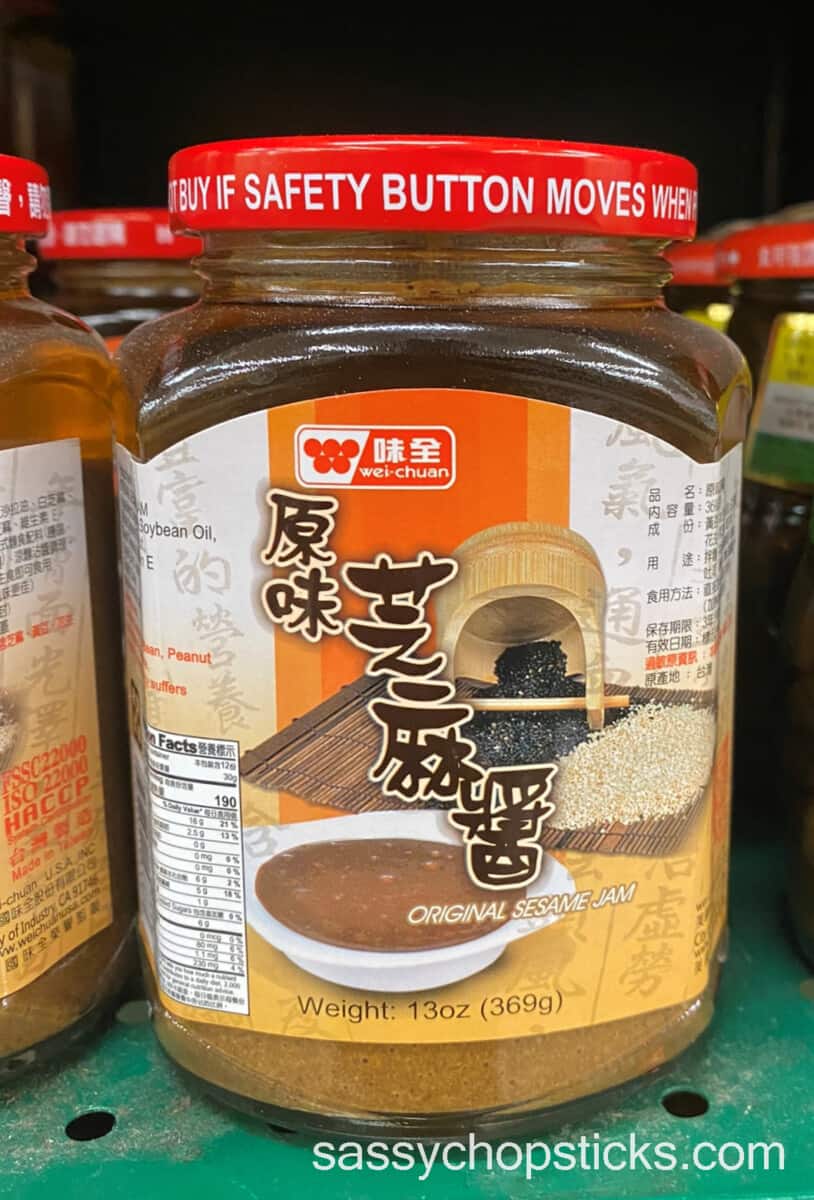Instruction
Chinese pantry staples and sauces are essential ingredients to make authentic Chinese food. Often with just a little time and effort, you can make a delicious, healthy dinner that's better than eating out. If you are not familiar with Chinese sauces , it may seem intimidating but you don't really need a lot of ingredients to make great dishes. Most of these ingredients should be available in major grocery stores, but it is worth the effort to look for an Asian market in your area which often have much better prices and a great variety of fresh produce too. Of course if you can't find any Asian markets locally, there is always the internet.
Light Soy Sauce (生抽)
Light soy sauce, made from water, salt, wheat, soybeans, and Aspergillus (for fermenting), is one of the most popular Chinese cooking ingredients. Most people use light soy sauce as a seasoning in Asian dishes. It imparts an earthy umami flavor. Compared to dark soy sauce, light soy sauce is a lighter brown with a thinner consistency and saltier flavor. Low sodium soy sauce is a better choice if you worry about high sodium intake.

Dark Soy Sauce (老抽)
Also known as black soy sauce, dark soy sauce offers another common flavor option with a dark, thick texture and complex, rich flavor. It tastes slightly sweet and less salty than light soy sauce. Most people use the dark sauce as a food coloring instead of a condiment. Combined with light soy sauce, it adds an appetizing color to braised meat dishes, noodles, and fried rice.

Shaoxing Cooking Wine (绍兴料酒)
Shaoxing cooking wine is a rice wine from China’s Shaoxing region made from fermented rice. Shaoxing cooking wine comes in an amber color, contains alcohol, and has a strong flavor. Sometimes Shaoxing’s cooking wine is drunk like sake but generally used as a cooking wine for its spicy, vinegary, and caramel-like flavor. It is great for braised or stir-fry meat dishes, sauces, and dumpling fillings.

Zhenjiang Vinegar (镇江香醋)
Many types of vinegar are popular in China, but Zhenjiang Vinegar is considered one of the best. Made in the city of Zhenjiang in Jiangsu province, Zhenjiang Vinegar has an inky texture and malty, complex flavor. Most people use Zhenjiang Vinegar for seasoning dark sauces, marinating meat dishes, dried vegetables, or dipping.
Hoisin Sauce (海鲜酱)
Commonly known as Chinese BBQ sauce, Hoisin Sauce is made of toasted mashed soybeans and has a thick reddish-brown texture with spicy and sweet notes. Cooks use Hoisin Sauce as a dipping sauce for pan-fried rice noodle rolls, lettuce wraps, fried seafood, and as a marinade for Chinese barbeque and meat dishes.

Plum Sauce (蘇梅醬)
Also known as Duck sauce, Plum sauce is a light-brown, jam-like sauce made from sweet plums, chili, ginger, salt, vinegar, and sugar. Plum Sauce has a sweet, tangy flavor, often served with fried wontons and many other appetizers, but best paired with duck, spareribs, and pork. Plum Sauce can also be used as a base to create marinades, spreads, and dips.

Oyster Sauce (蚝油)
Oyster Sauce has a salty and sweet taste and a syrupy, dark-colored texture. Oyster sauce is like soy sauce, characterized by a very savory and rich umami flavor. People often use oyster sauce in vegetable and meat stir-fry Chinese dishes or added to virtually any main or side dish to enhance the experience.
Sesame Oil (芝麻油)
Sesame oil enhances flavor and is used as a drizzle and cooking oil in Chinese cooking. Sesame Oil has a distinctive nutty aroma and flavor and is usually thicker than most oils, with toasted versions being the thickest. Sesame oil is ideal as a cooking oil in stir-fries or for dumpling fillings, thanks to its high smoke point. You will be surprised at the difference between Western sesame oil and Asian sesame oil. Asian sesame oil has a richer toasted sesame seed flavor. You can currently find Asian sesame oil at most grocery stores.

Sesame Paste (芝麻酱)
Chinese people use sesame paste frequently in many dishes such as hot pot, noodles, and as a dipping sauce.

Black Bean Sauce (豆瓣酱)
Black bean sauce is a very popular Chinese seasoning, and you won’t get enough of this salty, fermented sauce. Black bean sauce, known for its piquant and complex flavor, makes up the soul of Sichuan cuisine. Black bean sauce is reddish-brown or bright red with a relatively chunky texture. Spicy red chilies, broad beans, and fermented soybeans make up black bean sauce and are commonly used in stir-fry dishes and added to soups to create a bit of heat.

Fermented Tofu (豆腐乳)
Fermented tofu, also called fermented bean curd, is a preserved tofu made with fresh bean curd (tofu), rice wine, salt, and other flavorings. It tastes a little bit sweet and salty and has a creamy texture. Chinese people often serve fermented tofu with fresh steam buns or use it as a dipping sauce.
Many more tofu products are available, like fermented tofu, fried tofu, flavored tofu, and sun-dried tofu. Fermented tofu is my favorite.

Chili Sauce (辣椒酱)
Most Asian food stores carry many kinds of Chili sauce. Chinese chili is made from hot chili peppers and is a must-have sauce in several Szechuan recipes. A couple of awesome brands of chili sauces are "Lao Gan Ma 老干妈“ and "Huy Fong Foods Sriracha Chili Sauce."


Corn starch (玉米淀粉)
Corn starch plays an important role in Chinese cooking. Authentic Chinese cuisine often mixes corn starch with water, turning it into a mixture to thick the sauces.
Shacha Sauce (沙茶酱)
Shacha sauce’s main ingredient is seafood. It is another Chinese condiment to give food a meaty, savory flavor. Shacha sauce is often called “Chinese barbeque sauce.”

Fish Sauce (鱼露)
This funky, salty sauce is a must in East and Southeast Asian cuisine. When choosing a fish sauce, look for a sauce that contains only two ingredients: anchovies and sea salt.

















Leave a Reply